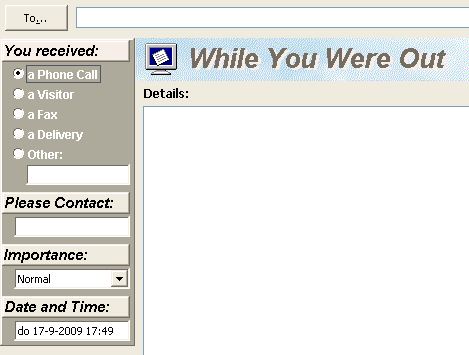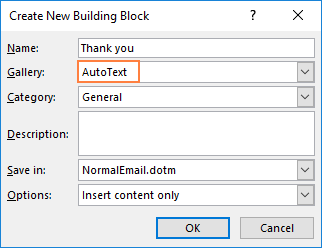


For example, an AUTOTEXT field code won’t show anything when you make a new email (strangely AUTOTEXTLIST will appear correctly). oft Outlook email template, the field codes are in place but NOT updated.

Save or update an email template with the field codes in the message body. You can make a special email template which includes Word field codes. There’s no Insert | Field menu in the email editor so you have to make the field code manually (starting with Ctrl + F9) or make the field in Word then copy across to the email editor. Here’s AUTOTEXTLIST in action for an email. AutoText in Outlook Emailsīoth AUTOTEXT and AUTOTEXTLIST work in Outlook’s email editor (which is Word in a thin disguise) but there’s tip and traps to keep in mind. The obvious ‘make a choice’ formatting can be direct character formatting or another style. When a selection is made, the formatting is replaced with the style and formatting in the AutoText entry.

In fact, it’s better to make it different and stand out so it’s not overlooked. The unselected AutoTextList field does NOT need the same style as the final text you choose. To change the visible text just click inside the gray field area and change the text directly. If you check the field code again, you can see that Word has removed the text you added. Now the text you entered in the field code shows in the document. Press Alt+F9 again to restore the display then select the field code and press F9 to update. Use the same category name for all of the choices that you want users to have for a particular building block.There are long-standing but hidden parts to AutoText that’s worth checking out – the field codes. When you fill out the information in the Create New Building Block dialog box, be sure to click the template name in the Save in list. In the open template, create and save the building blocks that you want to provide to other users. Outlook 2007 only: You can also save the template as a Word Macro-Enabled Template (.dotm file) or a Word 97-2003 Template (.dot file). Type a name for the new template, click Outlook Template in the Save as type list, and then click Save. In the Save As dialog box, from the Save as Type list, click Outlook Template. Outlook 2007 only: Click the Microsoft Office Button, and then click Save As. For example, you can create building blocks in a template and distribute the template to other users, who can save the template to the building blocks folder and use the building blocks you created.Ĭlick New to create a blank email message. You can also distribute building blocks with templates. You can access and reuse building blocks at any time.


 0 kommentar(er)
0 kommentar(er)
